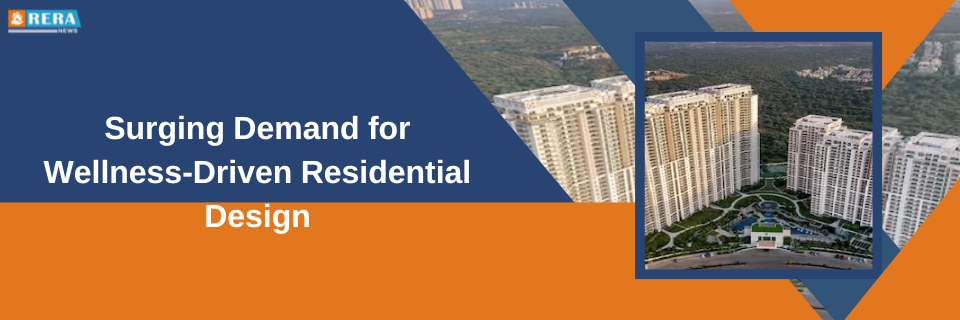
In the ever-evolving landscape of residential real estate, a transformative trend is reshaping our perception of homes and living spaces. Enter the era of wellness-oriented design, where aesthetics and utility are no longer the sole focus, but the well-being of residents takes center stage. This paradigm shift redefines the concept of 'home,' emphasizing health and happiness as integral aspects of modern living.
This trend has emerged from a growing awareness of how our physical surroundings profoundly impact our mental, emotional, and physical health. With an increasing amount of time spent indoors, architects, designers, and homeowners recognize the value of creating environments that nurture both body and soul.
One core principle of wellness-oriented design is the incorporation of nature into living spaces, known as biophilic design. This approach seamlessly integrates elements from the natural world, such as plants, natural light, and organic materials, not only for aesthetic appeal but also to improve air quality, reduce stress, and foster a stronger connection with the environment.
Lighting plays a pivotal role in this design philosophy. Well-lit homes with large windows that invite light and fresh air inside align with principles like Vaastu, enhancing mood and regulating sleep patterns for a healthier lifestyle.
Clean air is paramount, particularly in today's polluted urban settings. Innovative air purification systems are now standard in homes, removing toxins and allergens to ensure inhabitants breathe only the purest air. Additionally, open spaces, such as rooftop gardens and outdoor living areas, provide fresh air and a connection to nature without leaving the comfort of home.
Space layout and functionality are also evolving to promote wellness. Multi-functional areas and open floor plans encourage physical activity and social interaction. Home gyms, yoga studios, and meditation rooms are increasingly popular, allowing residents to maintain an active and healthy lifestyle within their homes.
Materials used in construction are another key aspect of wellness-oriented design. Sustainable, non-toxic, and eco-friendly materials are favored for their positive impact on both the environment and human health. Low-VOC paints and reclaimed wood, for instance, contribute to improved indoor air quality and overall well-being.
The pandemic has sped up the embrace of wellness-focused design. As the hybrid work model becomes the norm, homeowners seek home office spaces to boost productivity and concentration. Ergonomic furniture, soundproofing, and cutting-edge technology have become standard features, transforming living spaces into adaptable work environments.
This trend's appeal extends beyond the home itself. Residential neighborhoods now incorporate green spaces, walking paths, and community gardens to encourage outdoor activity and social connections. Proximity to parks, fitness centers, and healthcare facilities has become a significant selling point for prospective homebuyers.
The growing prevalence of wellness-oriented design in residential real estate reflects our evolving preferences and a deeper understanding of how our living environments impact our physical and mental well-being. Embracing this trend promises homes that not only provide shelter but also nurture our overall wellness, contributing to happier, healthier lives. When searching for your next home, consider not only the aesthetics but also its potential to enhance your well-being. After all, home is where the heart—and health—reside.
© 2023 Rera News. All rights reserved.